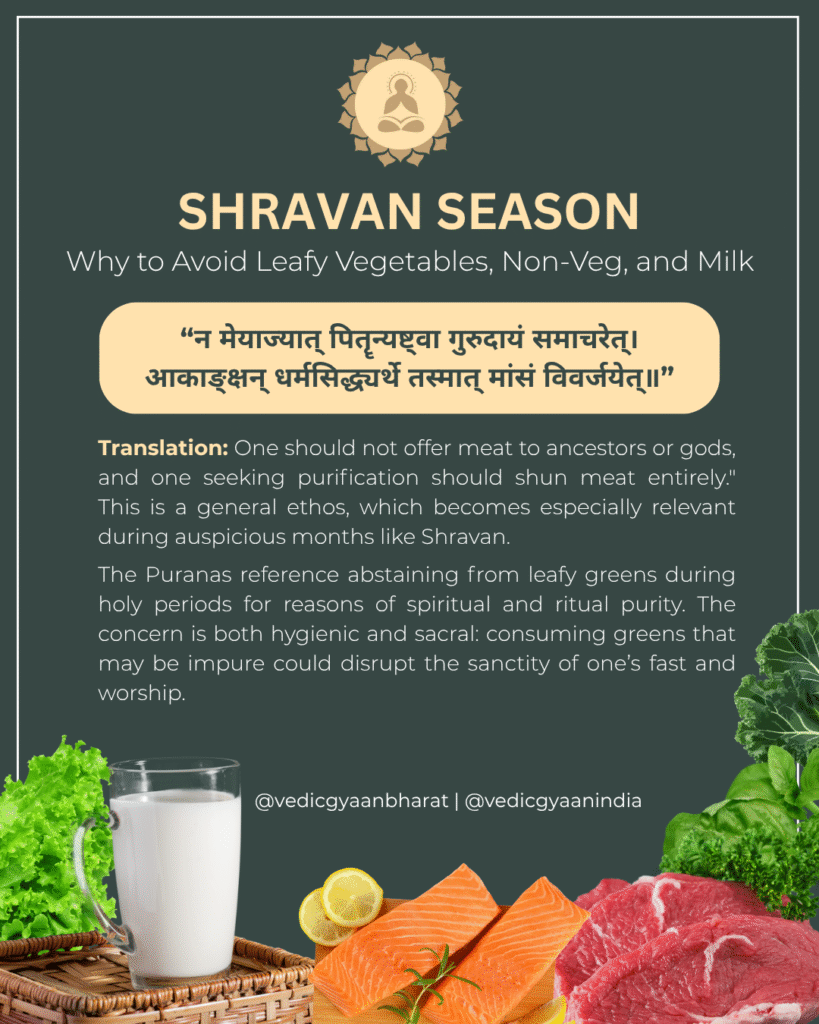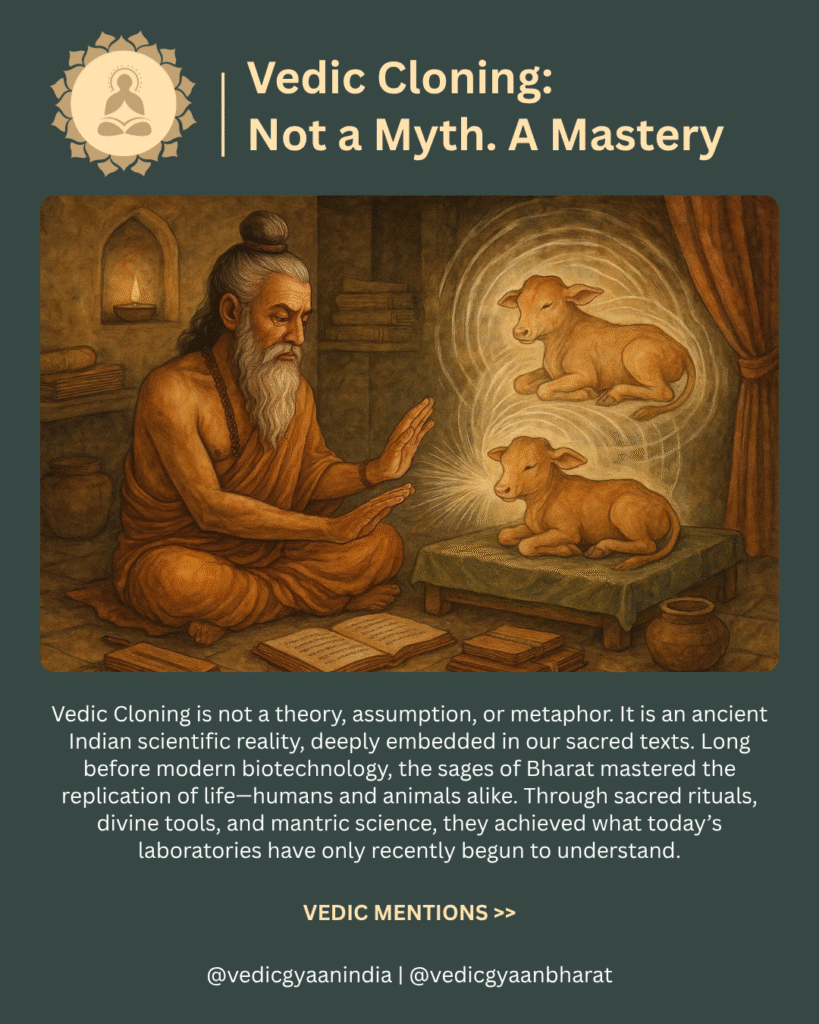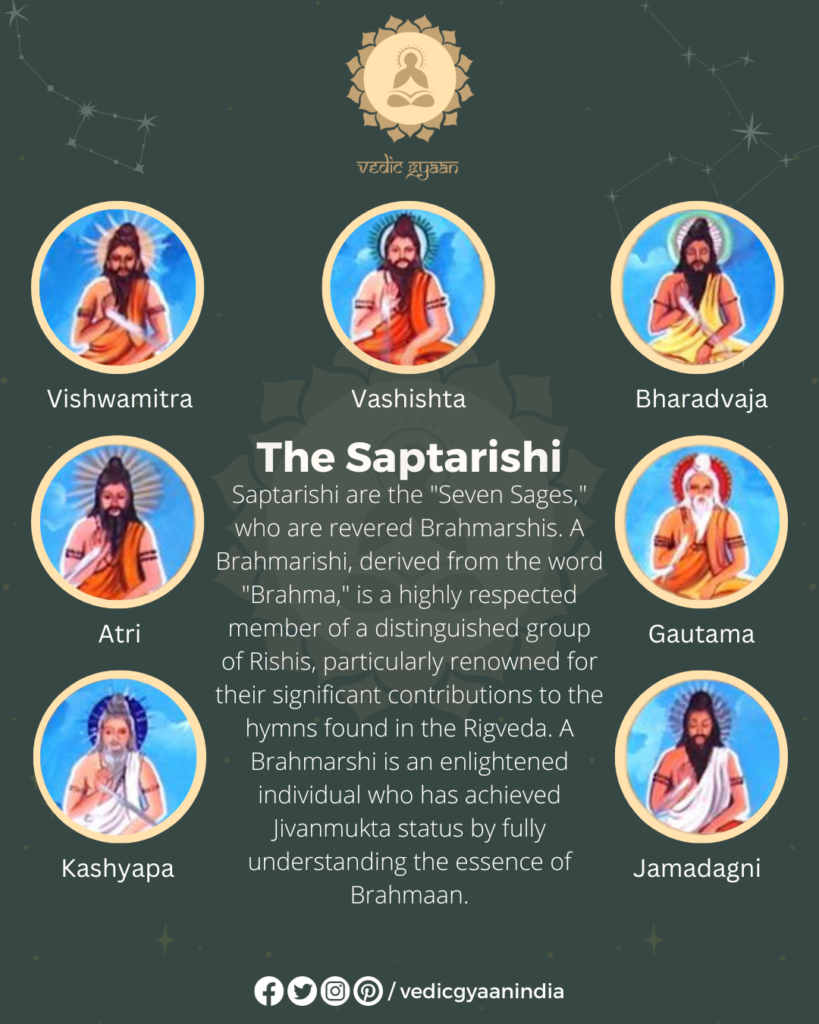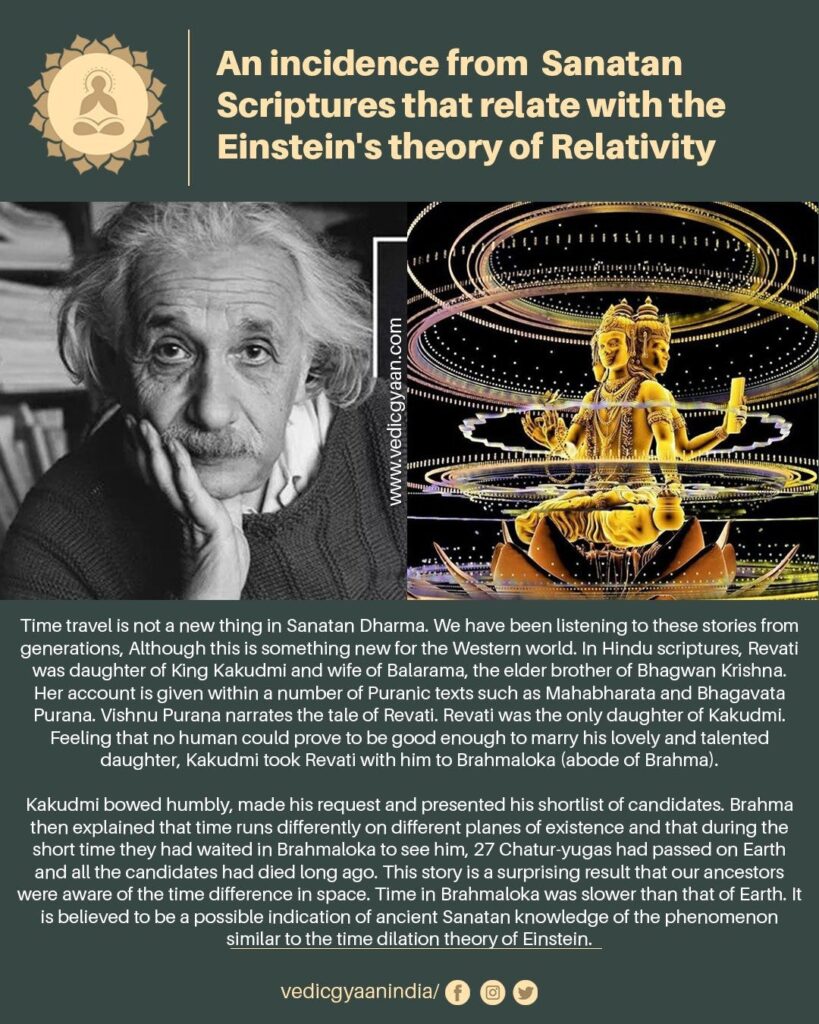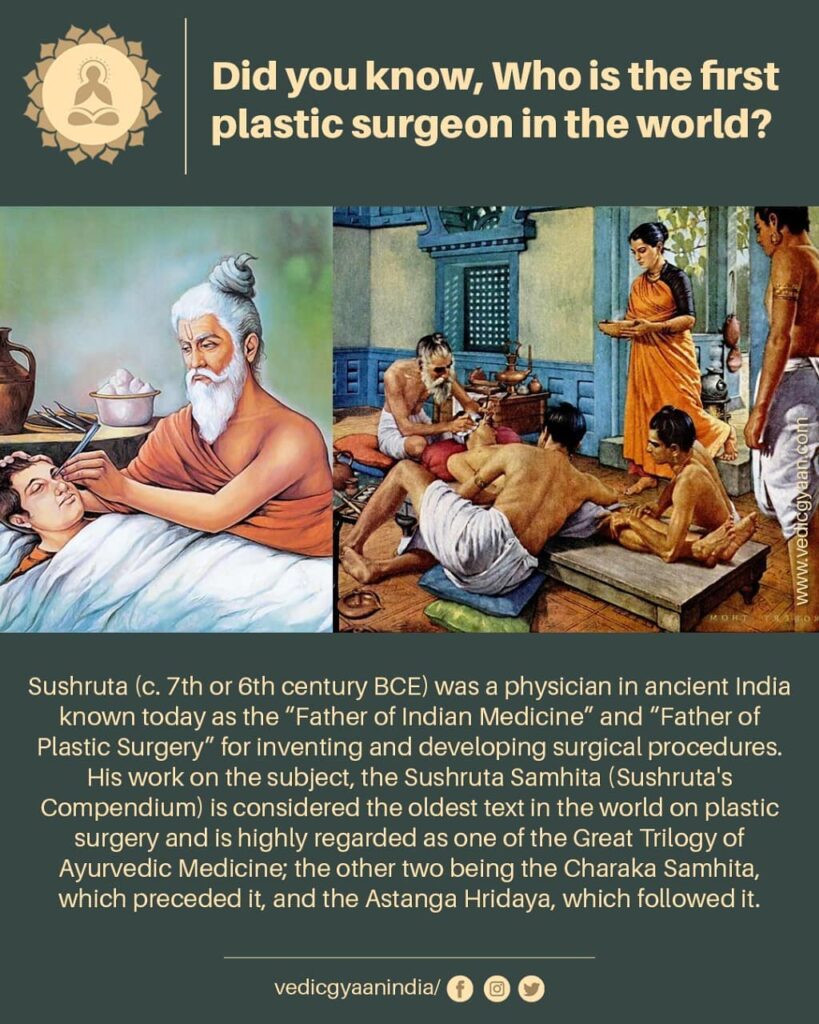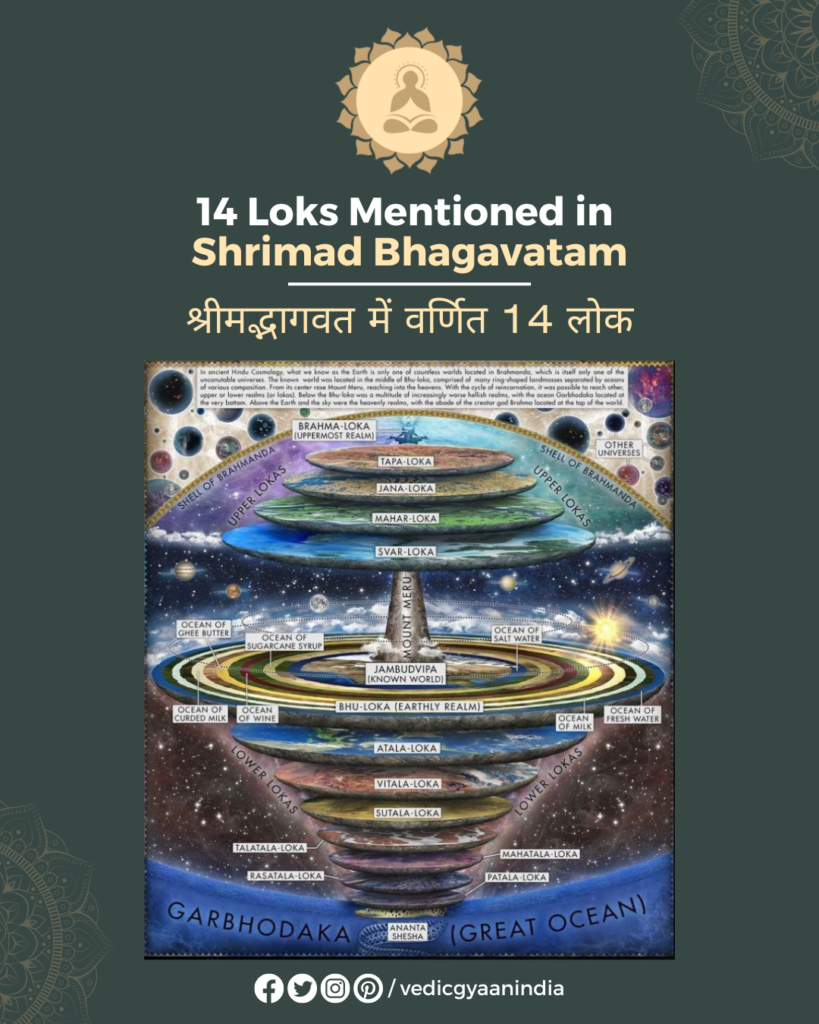Why Hindus Avoid Meat & Offer Milk in Shravan | Scientific VIEW
As the monsoon settles in and the sacred month of Shravan (Sawan) arrives. Millions of Hindus across India embark on fasting and adopt mindful, spiritual eating practices. This period is devoted to the worship of Lord Shiva, inner reflection, and physical purification through dietary discipline—transforming the kitchen into a tool for spiritual and bodily cleansing. But why do traditions advise against consuming green leafy vegetables, non-vegetarian foods, and milk during Shravan? Let’s explore this, blending insights from Ayurveda, science, and ancient spiritual wisdom.
Why Hindus Avoid Meat & Offer Milk in Shravan | Scientific VIEW Read More »

